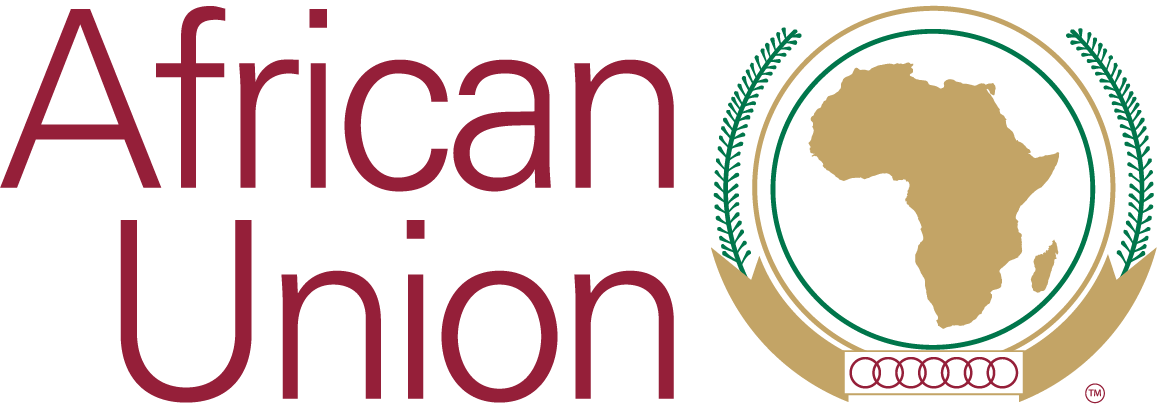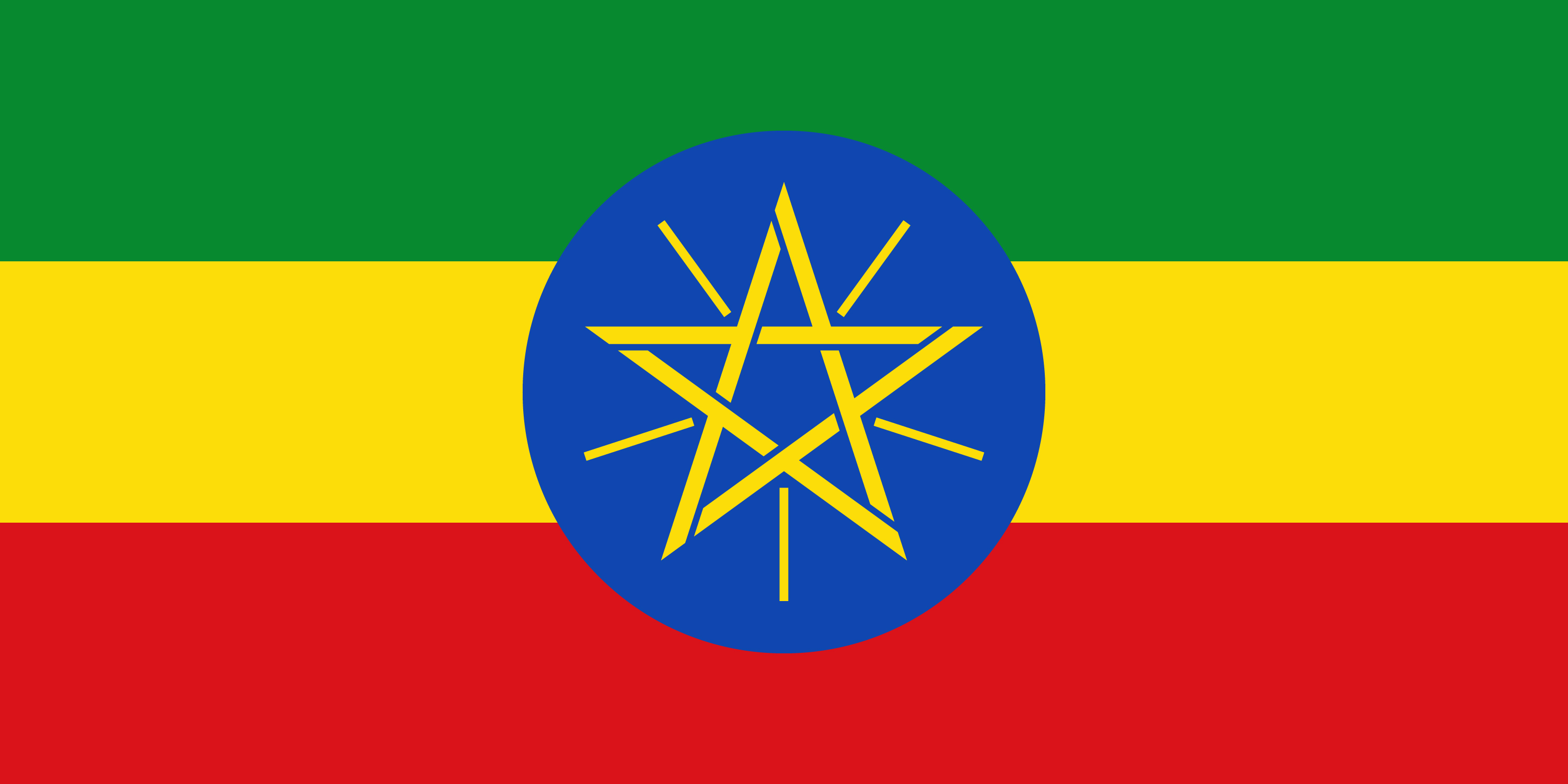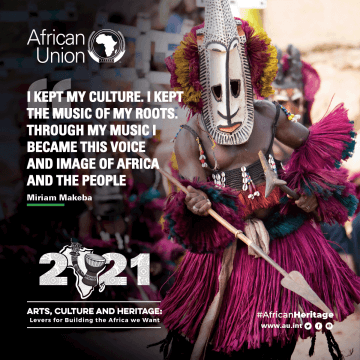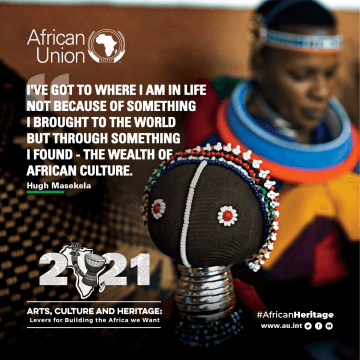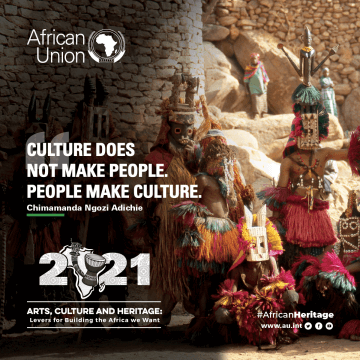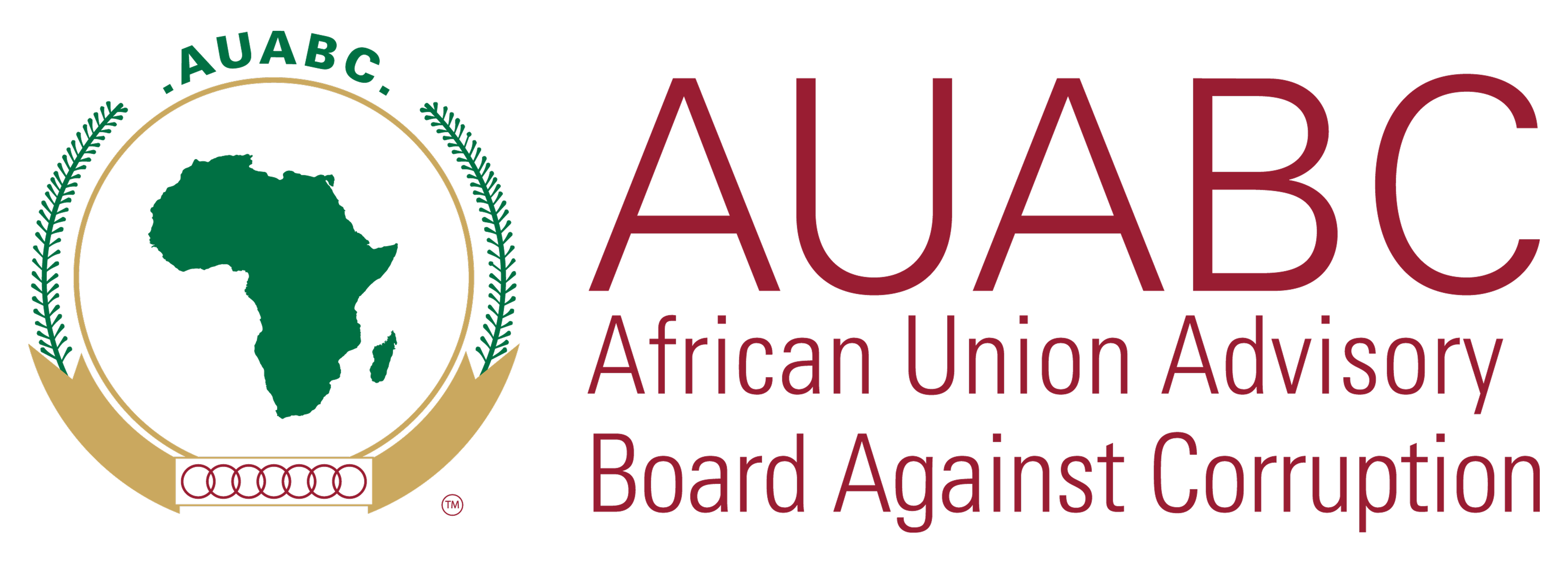the Federal Democratic Republic of Ethiopia (የኢትዮጵያ ፌዴራላዊ ዲሞክራሲያዊ ሪፐብሊክ, yeʾĪtiyoṗṗya Fēdēralawī Dēmokirasīyawī Rīpebilīk, listen (help·info)), is a country in the northeastern part of Africa, known as the Horn of Africa. It shares borders with Eritrea to the north, Djibouti to the northeast, the de facto state of Somaliland and Somalia to the east, Kenya to the south, South Sudan to the west and Sudan to the northwest. With over 102 million inhabitants,[6] Ethiopia is the most populous landlocked country in the world and the second-most populous nation on the African continent with a total area of 1,100,000 square kilometres (420,000 sq mi). Its capital and largest city is Addis Ababa, which lies a few miles west of the East African Rift that splits the country into the Nubian and Somali tectonic plates.[3]
Some of the oldest skeletal evidence for anatomically modern humans has been found in Ethiopia.[11] It is widely considered as the region from which modern humans first set out for the Middle East and places beyond.[12][13][14] According to linguists, the first Afroasiatic-speaking populations settled in the Horn region during the ensuing Neolithic era.[15] Tracing its roots to the 2nd millennium BCE, Ethiopia's governmental system was a monarchy for most of its history. Oral literature tells that the monarchy was founded by the Solomonic dynasty of the Queen of Sheba, under its first king, Menelik I.[16] In the first centuries, the Kingdom of Aksum maintained a unified civilization in the region,[17][18][19][20] followed by the Ethiopian Empire circa 1137. During the late 19th-century Scramble for Africa, Ethiopia and Liberia were two nations that preserved their sovereignty from long-term colonisation by a European colonial power and many newly-independent nations on the continent subsequently adopted its flag colours. However, the country was later occupied by Italy in 1936 and became Italian Ethiopia (part of Italian East Africa) until it was liberated during World War II. During the Italian rule, slavery in the country was abolished, and urbanization steadily increased.[21] Ethiopia was also the first independent member from Africa of the 20th-century League of Nations and the United Nations.[22] In 1974, the Ethiopian monarchy under Haile Selassie was overthrown by the Derg, a communist military government backed by the Soviet Union. In 1987, the Derg established the People's Democratic Republic of Ethiopia, but it was overthrown in 1991 by the Ethiopian People's Revolutionary Democratic Front, which has been the ruling political coalition since.
